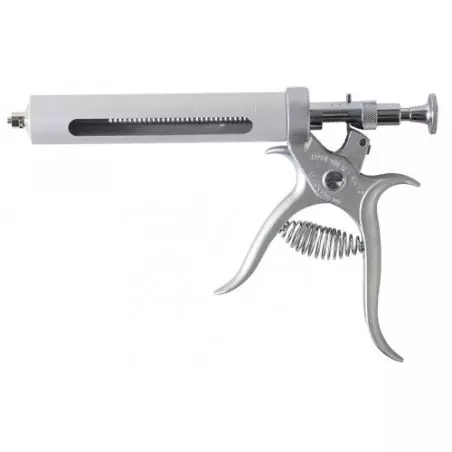The global swine industry faces economically devastating diseases such as porcine reproductive and respiratory syndrome (PRRS), porcine circovirus associated diseases (PCVAD), and new variants of influenza. Consequently, veterinarians have developed different means for individual or groups of farms to control and possibly eradicate diseases. However, the risk of re-infection remains high even with the best current biosecurity practices. This situation has led to the consensus that more coordinated, or ‘regional’, approaches must be taken to combat PRRS and other emerging swine diseases, rather than isolated efforts on individual farms which are often frustrated by the reappearance of a disease.
The objectives of this abstract are: 1. to present the methodology followed in PRRS area regional control and elimination (ARCE) projects in the United States (US), and 2. to report the advancement of these projects.

Proposed working model used for PRRS area regional control and elimination projects:
- Phase 1: Feasibility study, objective: determine if the region’s pork industry meets the minimal requirements to start a regional PRRS control and elimination project.
- Phase 2: Pig-Related site identification, objective: identify the general characteristics of the pork industry in the region.
- Phase 3: Region characterization, objective: determine PRRSV status, animal flow, and risk of becoming infected.
- Phase 4: Design PRRS control strategies, objective: design PRRS control strategies by site and neighborhood
- Phase 5: Execution and monitoring, objective: execute and monitor PRRS control strategies by site and neighborhood Results As of January of 2011, there are 10 PRRS area regional control and elimination (ARCE) projects in the US. Most of these projects are in either phase 2 or 3; and two of them are already in phase 5.
Our group considers PRRS area regional control and elimination a methodology to success, since it holds the potential to restore profitability to the swine industry. Momentum has been created in the US swine industry, and many other areas are ready to start ARCE projects. To date, we have identified four major components leading to the successful advancement of these projects:
- 1.- producer and veterinarian leadership, involvement and ownership,
- 2.- having a dedicated project coordinator,
- 3.- regular informational meetings with local producers and veterinarians addressing progress of the program, continuous education, issues related to confidentiality, and data access, and
- 4.- the establishment of a producer-paid economic fund to support, among others, diagnostic testing and salaries. If we are able to foster producers’ participation, set aside individual interests and apply valid and developing knowledge on transmission that support effective rather than “psychological” biosecurity strategies, we will be able to efficiently assist our producers in the battle against PRRS.
L. Batista, J.P. Cano, E. Mondaca, E. Diaz, R. Philips, D. Polson. Porcine Reproductive and Respiratory Syndrome virus: area regional control and elimination, the next level. 6th International Symposium on Emerging and Re-emerging pig Diseases: 63






